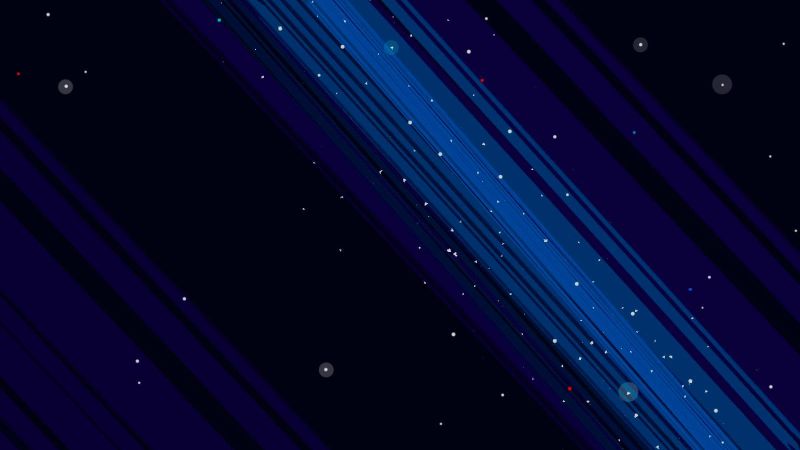A team of experts was in for a pleasant surprise when they emerged from their laboratory with an asteroid sample that was dropped from space. The researchers, from the University of Tokyo Laboratory of Space and Aeronautical Science, had expected to study material that had been exposed to radiation and cosmic dust. But instead, what they found was a healthy mixture of minerals and chemicals with a new crystalline structure.
The asteroid, named ‘2021 VF6’, was collected by a Japanese spacecraft known as Hayabusa2 and was released earlier this month. It is understood to have originated from a region beyond Mars, which is both highly impacted by the sun’s radiation as well as containing relatively high levels of cosmic dust.
The research team analysed the samples using a microscope and x-ray diffraction technology. They found a new form of crystalline material which was formed by the combination of minerals and chemicals which originated from the asteroid. This new mineral is believed to never have been seen before.
Furthermore, the researchers discovered evidence of the removal of hydroxyl groups, known as desiccation, which is another indication of its exposure to radiation and cosmic dust. The combination of minerals and chemicals which composed the asteroid’s body was also extremely varied, hinting that its journey from distant lands had been lengthy.
The analysis of the asteroid’s material is ongoing, but the scientific breakthrough has demonstrated the array of possibilities that can be unlocked from examining extraplanetary bodies. An exciting new chapter in understanding the origin and composition of our universe has just been opened.






























